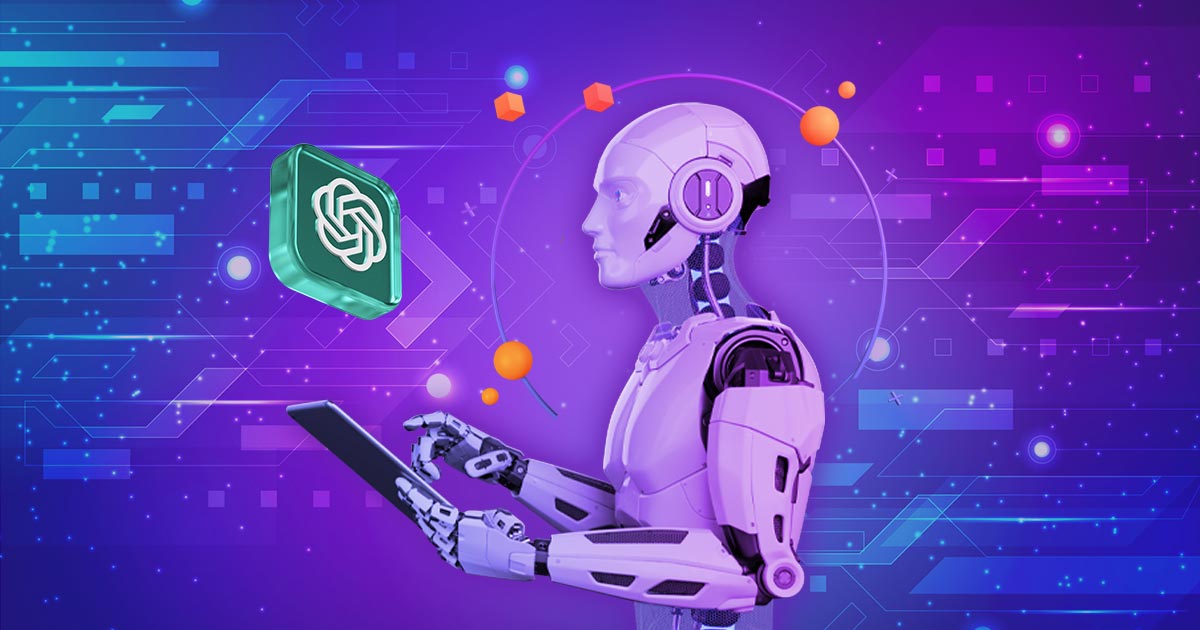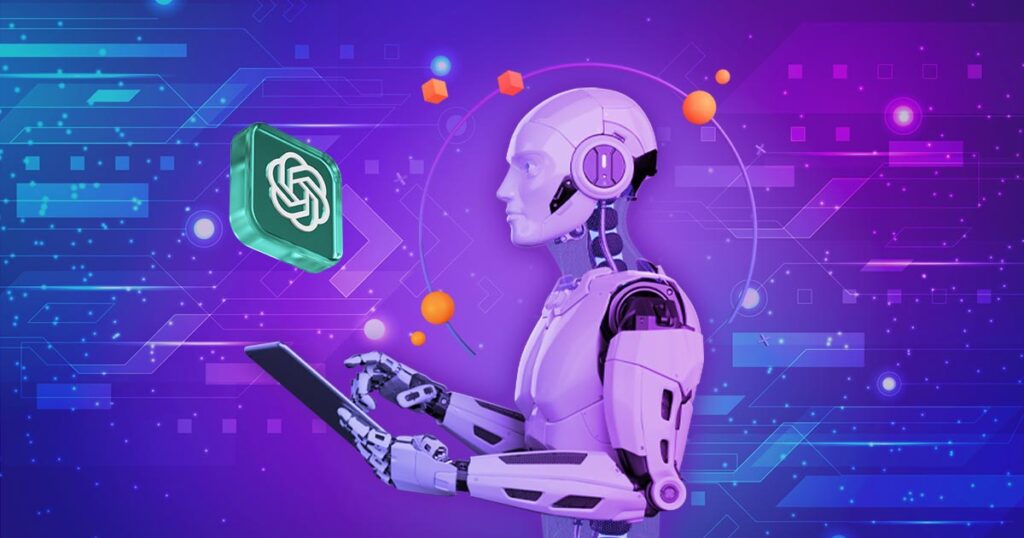
In an era characterized by rapid digital transformation and the convergence of data science, artificial intelligence, and machine learning, OpenAI stands out as a leader in the field. This sophisticated technology empowers businesses to automate tasks, create intelligent solutions, and extract valuable insights from vast troves of data. Whether you’re a small startup looking to scale or an established corporation seeking to optimize your workflow, OpenAI can be a game-changer.

In this blog, we’ll explore the myriad ways in which OpenAI can be harnessed to unlock the full potential of your business. From automating customer support and content creation to revolutionizing data analysis and decision-making processes, we’ll delve into real-world applications, success stories, and the latest trends in the OpenAI ecosystem. We’ll also discuss the ethical considerations and potential challenges that come with using ChatGPT for business.
Using OpenAI for Business
Since its inception, OpenAI tools like ChatGPT have been used for a number of critical business functions. These include:
- Generating Summaries: ChatGPT can help create textual summaries, such as report writing based on meeting notes or business plan executive summaries.
- Creating Outlines: ChatGPT can generate outlines based on provided topics, aiding in the efficiency of report drafting.
- Brainstorming: ChatGPT can assist in generating ideas for marketing strategies, social media posts, and more, serving as a tool for brainstorming. It’s crucial to refine and evaluate the ideas for practicality.
- Generating SEO-friendly Keywords: ChatGPT can suggest SEO-friendly keywords and content ideas, though dedicated SEO tools like Ahrefs or SEMrush are recommended for keyword research.
- Generating Customer Service Emails: ChatGPT can automate customer communication, sending notifications about system downtime, business closures, or promotions.
- Explaining Difficult Topics: ChatGPT excels at explaining complex topics by leveraging its vast knowledge, acting as an automated encyclopedia.
- Creating Responsive Chatbots: ChatGPT can help in the development of responsive chatbots, offering dynamic responses to customer inquiries.
ChatGPT for Writing
One of the most common uses of ChatGPT is business writing. Whether it’s emails, blogs, social media posts, or anything else, the written word is the crux of digital marketing. And while it can’t quite match the depth of human writing, ChatGPT writer can get you far.
ChatGPT takes text input in the form of a prompt, or you can even ask ChatGPT a question. This can be a single sentence or a more extended prompt. The input should be well-structured and clear for ChatGPT to provide an accurate response. The input prompt is broken down into smaller units called tokens. These can be as short as one character or as long as one word. This allows for better information processing.
It’s important to note that ChatGPT doesn’t access the live internet. It relies on information dating up to 2021. Beyond this point, the platform hasn’t been trained, and so it can only speculate. The model generates responses by predicting the most likely next word or token based on the input context and the patterns it has learned during training.
ChatGPT for Excel
ChatPGT and Excel can go hand-in-hand to help you get tedious work done faster. Both platforms have come a long way over the years, and speed and efficiency has definitely been prioritized.
You can use ChatGPT to get help with Excel formulas and functions. For example, you can ask for guidance on writing complex formulas or troubleshooting errors in your calculations. It can suggest suitable chart types and data visualization techniques based on the data you have in your Excel sheets. And it can even generate executive summaries or explanations for reports based on the data in your Excel files.
Comparing ChatGPT & Other AI Platforms
There are countless AI tools on the market, and you might wonder how they compare to ChatGPT. One of the most renowned tools is Bard. Also powered by AI, Bard is Google’s answer to ChatGPT. It also generates human-like text using natural language processing and machine learning. It uses the next-generation language model PaLM 2 (Pathways Language Model), which is good at common sense reasoning, mathematics, and logic, among others.
Related blog: ChatGPT vs Bard
Ultimately, the choice of AI model or system depends on the specific needs and goals of a particular application. ChatGPT is just one option in a broader landscape of AI solutions, and the choice should be made based on factors such as the type of task, the available resources, and any ethical considerations involved.
AI & Ethical Concerns
Integrating AI into your business offers many potential advantages, but it also raises a host of ethical concerns (eg. ChatGPT plagiarism) that need careful consideration. For example, the collection and use of data by AI systems raises obvious privacy concerns. Businesses are being pushed toward greater transparency in regards to data usage, and they’ll need to take measures to protect sensitive information.On another front, the automation and efficiency gains AI brings may lead to job displacement for some workers. It’s a huge concern, though we’ve yet to see the full long-term results of AI on the modern workplace.
Some are concerned with the concentration of AI technology in the hands of the few, and how this can create monopolies and control. It’s likely we’ll see legislation on the horizon that addresses some of the ethical concerns around AI, including creative ownership.
About the author

Brianna Johnson
Brianna is a professional writer of 10+ years who specializes in branding, marketing, and technology content.









